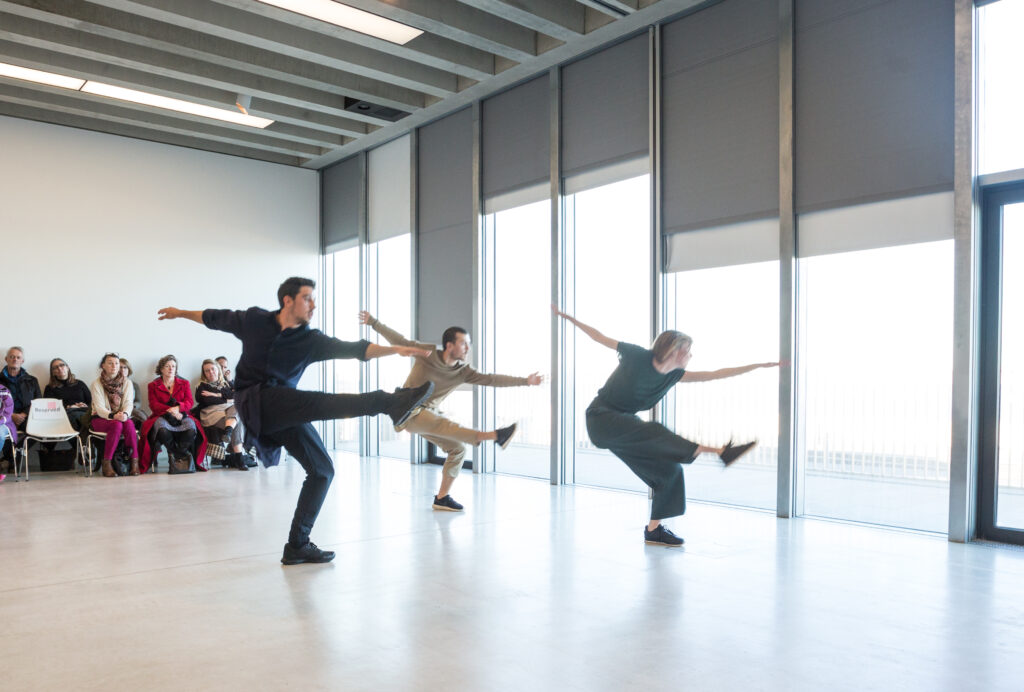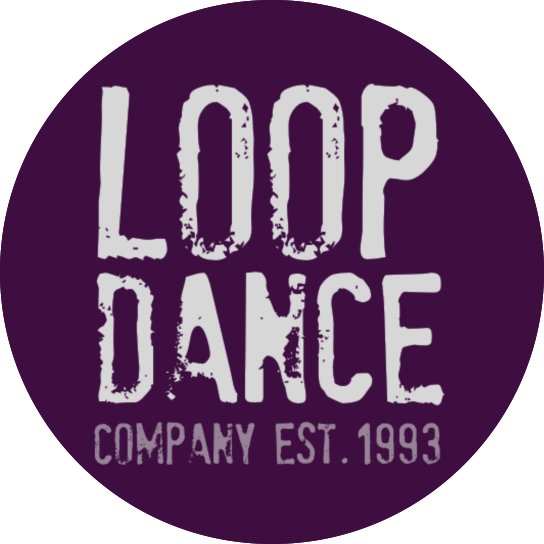What is Contemporary Dance?
Contemporary is another word for “modern” or “current”. If something is contemporary, it belongs in the here and now, the current time period. Contemporary dance is therefore always changing with the times and developing, and takes its inspiration from many different modern forms of dance. It can be danced to almost any style of music, and it can be mixed up with other dance forms such as streetdance, ballet, Jazz dance, African and Asian dance, and other forms of exercise such as martial arts and yoga, to create new dance moves. It was developed in the early 20th century as a reaction against the set rules and techniques of ballet. Practicing contemporary dance involves learning a range of techniques and styles which are used in dance classes, dance workshops and dance choreography, and exploring your own creativity through movement.
“If I could tell you that, I wouldn’t have to dance it.”
Isadora Duncan, when asked what one of her dances meant
Pioneering contemporary dancers such as Isadora Duncan and Martha Graham looked for less rigid ways of moving the body, using the body’s natural lines and energy, which allows contemporary dancers a much greater range of movement than for example ballet dancers. Contemporary dance is used regularly in pop videos, for example in Kylie Minogue’s I Can’t Get You Out Of My Head(choreographer Rafael Bonachella).
Because contemporary works much more with the way your body naturally moves, you don’t need to have lots of training to be able to take part in it. It is a safe and accessible dance form for beginners as well as a very creative form of dance for experienced dancers and choreographers.
What can contemporary dance do for your body?
If you practice contemporary dance regularly, you will develop a lean, strong body. Your posture, balance and coordination will also improve significantly and you are likely to feel more at ease with your body, and move with increased confidence.


